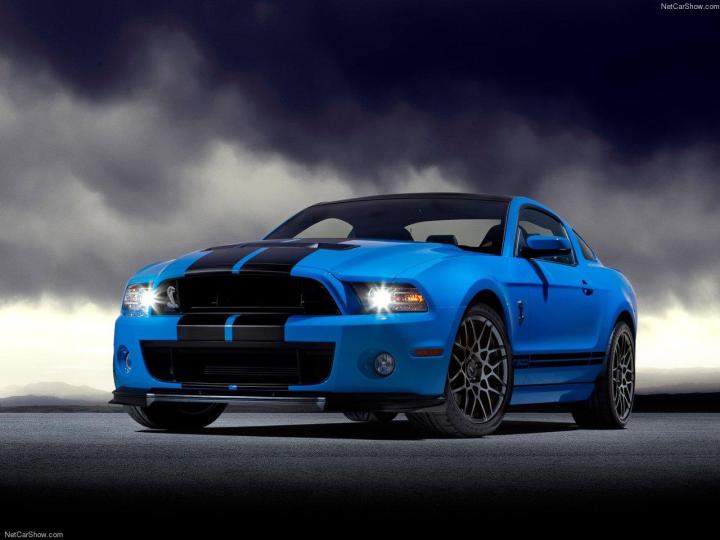
The new Ford GT made the switch from a supercharged V8 engine to a 3.5-liter twin-turbocharged V6 to save weight and compete in Le Mans, and now the GT500 Mustang could borrow its powertrain. Ford’s 5.8-liter supercharged V8 was tuned to 662 horsepower in 2013 – an outrageous figure before the Hellcat twins appeared on the market – but Ford Performance looks very different even just two years later.
With a new focus on lightweight construction and smaller, turbocharged engines, the highest performance Ford models, like the new Focus RS, redesigned F-150 SVT Raptor, and the aforementioned Ford GT have all been designed with handling, and better power-to-weight ratios, and efficiency in mind.
If the 2018 Shelby GT500 embrace a turbocharged V6 powertrain, it will be the first to shun the tradition of a V8-powered GT500 Mustang since it was introduced in 1967. That won’t make purists happy, but it might turn the GT500 into far more than a drag strip champion.
This of course begs the question as to whether that proposed formula deviates too far from the GT500’s original purpose, which was to be the king of muscle cars.
The new Shelby GT350 with its 5.0-liter flat plane crank V8 is certainly a step in the handling-prioritized direction, but a 600-plus HP twin-turbo V6-powered GT500 would weigh even less, and if it borrows the suspension tuning, brakes, and aerodynamic bits from its GT350 sibling, the new GT500 could become the best track car Ford has built yet.
If Ford pulls the trigger, V8 lovers will unleash their wrath, but the performance community might have a better shot at surviving in the wake of stricter environmental regulations.
Editors' Recommendations
- Ford could build its next Mustang-inspired electric car on Volkswagen bones
- Ford is looking to recruit gamers for its first-ever esports racing team
- Why Ford chose a dual-clutch transmission for the Shelby GT500 Mustang


